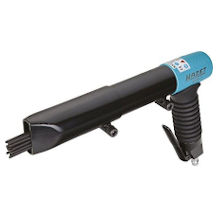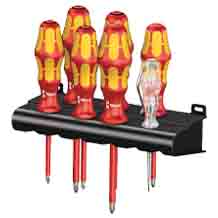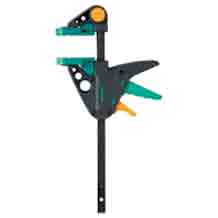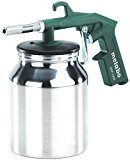Toolbox purchasing advice: how to choose the right product
- What you need to know
- A tool box helps to keep things tidy and to store tools in a space-saving way. The right tools are always at hand thanks to a well thought-out interior layout.
- Tool cases are available in two main categories, as an empty tool case without contents and as a variant with contents.
- When buying, the quality of the tools contained plays a greater role than the number. Experience shows that most do-it-yourselfers do not need that many tools.
- Toolboxes in the lower price segment are usually made of plastic, which is light but not as strong as stainless steel or aluminium.
- Very good tool cases with contents are already offered in the medium price segment.
Well equipped and always ready to hand
Whether you are a hobby craftsman or a professional – a well-stocked tool box belongs in every household. It has various interior compartments that can be folded out on hinges, depending on the model. While users can store small parts such as screws or washers in the smaller compartments, there is room for a wide range of tools in the longer compartments. In the middle, on the bottom of the case, they usually store heavy tools, such as hammers.
There are several types of tool storage. In addition to the tool case, tool trolleys, tool bags or tool boxes are also available. However, the most common variant for do-it-yourselfers is the tool case. Its compact size is ideal for storing tools in an orderly fashion and keeping them within easy reach at all times. Most toolboxes have a practical carrying handle. Larger ones are equipped with wheels. Furthermore, they are even available as waterproof versions.
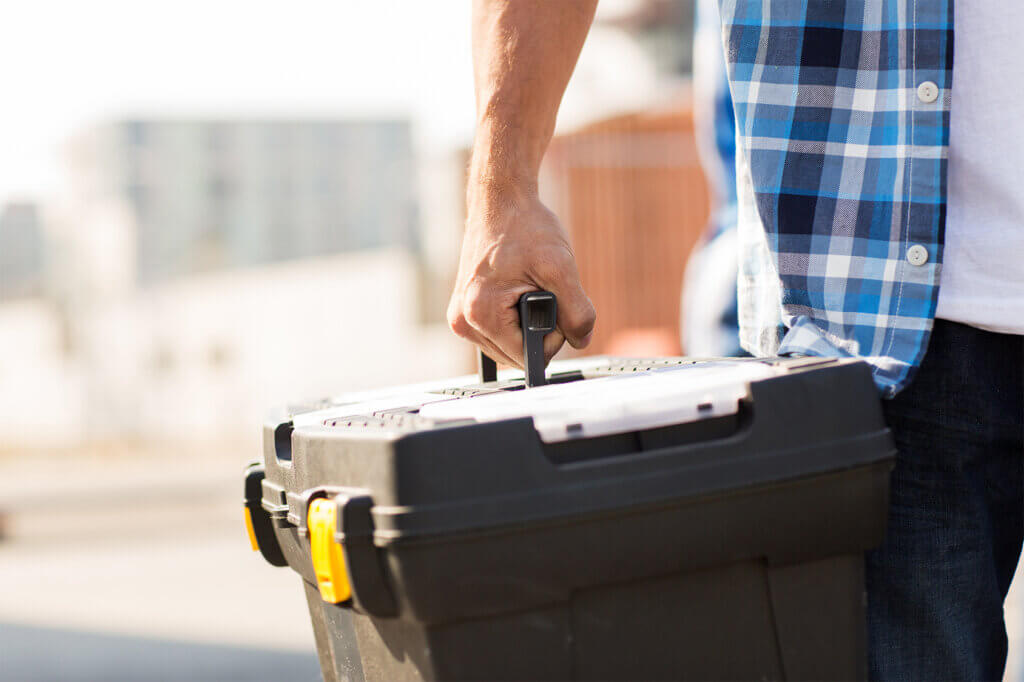
With or without contents?
Whether for repairs, assembling furniture or hanging a picture, everyone needs tools sooner or later. Pre-stocked toolboxes that already contain basic equipment are particularly practical. Tool cases without contents are also available. The cases themselves are practical because users can organise their tools in them and store them in a space-saving way.
Tool cases with contents
In a set including tools, the cases are usually somewhat cheaper than buying all the tools and the case separately. A filled case usually contains a standard set of the most important tools. This includes, for example, screwdrivers, hammers, pliers, ratchet and socket set.
Such sets are ideal for household start-ups or DIY beginners who do not yet own any tools. Not only does it save them the hassle of picking up tools at the hardware store, but they also spend less money overall.
Advantages:
- The basic equipment of tools is already included and does not have to be purchased.
- The box is designed for the tools supplied, which ensures that the tools fit into the holders and compartments provided.
- Those who do not yet own tools save money compared to buying them individually.
Disadvantages:
- If you already own enough tools of good quality, you will spend unnecessarily more money on this variant.
- Toolbox tests often show that the tools contained are not always of the best quality.
- There may not be enough room in the case for the tools you already have.
Toolboxes without contents
Those who already own very good tools will opt for an empty case. This variant is worthwhile for anyone who only needs the case for storage.
Advantages:
- If tools are already available in the household, buying an empty case saves money.
- The case can be equipped individually according to one’s own preferences and needs.
- Those who buy their tools independently of the case can opt for better quality, as the tools included are often not premium goods.
Disadvantages:
- If tools are bought additionally because they are not already available, this variant is more expensive.
What matters when buying
The range of cases on the market is so large that everyone can find a suitable product that meets their own requirements and ideas. Once the decision has been made whether to buy a filled or unfilled suitcase, there are a few more aspects to consider when making a purchase.
The material
Tool cases are made of different materials. Models made of aluminium, plastic and stainless steel are particularly popular.
The cheapest cases are made of plastic. The low dead weight is particularly noticeable when carrying the case. Another advantage is that they are easy to clean: Since plastic is not susceptible to corrosion, the entire case can be rinsed with water. However, the durability is somewhat less: there is a risk that plastic elements will break off or the bottom will crack. For this reason, it is important that the plastic suitcase is not filled too heavily.
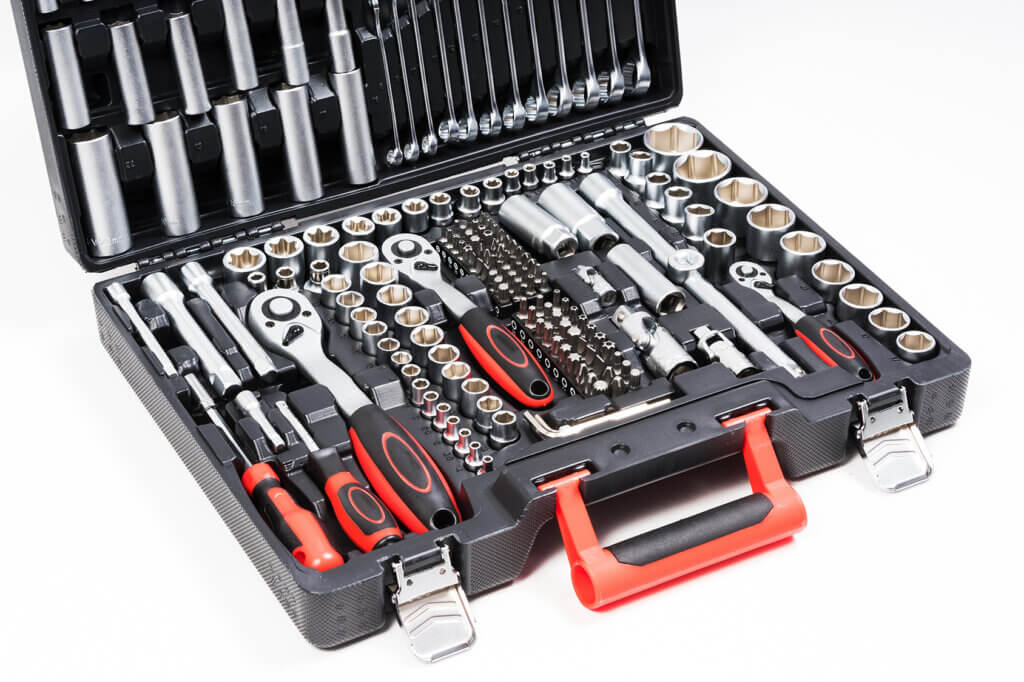
As a light metal, aluminium also has a low weight, but it is more stable than plastic. Aluminium toolboxes are very popular, but comparatively more expensive. Those who want to use the case daily should nevertheless consider investing in a good aluminium model. Due to its low weight, the case is easier to carry. On top of that, it is stable and durable. Accordingly, the best-rated tool cases in tests are also made of aluminium.
Tool cases made of stainless steel are particularly sturdy. They are also more expensive than cases made of plastic. Although they can withstand the highest weight, they also have a higher tare weight. Stainless steel variants are particularly suitable for on-site storage for users who rarely want to carry their cases over longer distances.
The weight of the tool case
The weight of the tool case depends on the size and the contents. However, the material itself also plays a decisive role. Plastic and aluminium are lighter, whereas stainless steel is the heaviest.
The contents
Of course, the contents of a tool box with contents also play a role in the purchase decision. The available models differ in the scope of the equipment and the quality of the tools. Although there are cases that are already available with a large number of tools, quality is more important than quantity. After all, most hobby craftsmen only need basic equipment and no special tools.
Toolbox tests show that there are great differences in the quality of the tools included. Before buying, consumers should therefore consider which tools they really need. It often makes more sense to invest in a model with a smaller basic equipment of good quality than to buy a case with many tools of average or inferior quality. When buying a filled case, consumers should also make sure that there is still enough space for existing tools if needed.
The following tools are part of the basic equipment and should accordingly be included in the set of a filled tool case:
- Torque spanner
- Hammer
- Allen key in at least 6 sizes
- Open-ended spanner in sizes 8 to 22
- Adjustable spanner (English)
- 3 slotted screwdrivers and 4 Phillips screwdrivers in different sizes
- Voltage tester
- Pliers
- Flat nose pliers
- Spirit level
- Folding rule
The interior layout
Prospective buyers should take a closer look at the interior layout before making a decision. There are indeed big differences here. If the case is already full, there is a risk that the interior layout will be tailored exclusively to the tools supplied. So if tools are exchanged later, they may no longer fit into the compartments provided for them.
Multi-part, hinged toolboxes have different inserts with different compartments for small parts such as nuts and bolts. The simplest models offer only one large compartment at the bottom for larger tools and at least two other compartments for small tools.
The more compartments the toolbox has, the easier it is to sort tools. However, too many compartments can make handling more complicated. That is why consumers should consider which tools they want to store in the case when choosing the interior layout. If small parts such as screws, for example, are not important because they are stored elsewhere anyway, a simple interior division is sufficient.
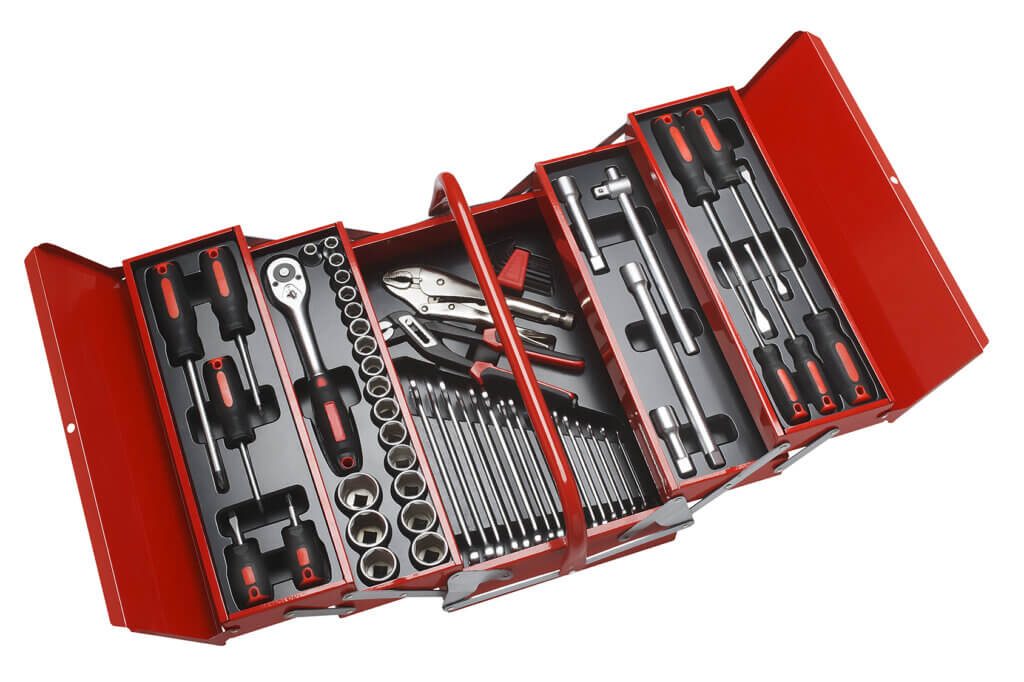
Waterproofness
Most cases for storing tools are not waterproof, but there are waterproof or splash-proof models for special purposes. Rubber seals, for example, prevent water from getting in when it rains. Sealed models are more expensive, but the purchase can be worthwhile, as water penetration can lead to corrosion (rust) on the tools and reduce the life of the entire case.
When it comes to pre-waterproof cases, a distinction must be made between splash-proof and waterproof. Splash-proof models are insensitive to rain and moisture, but should not be placed in water. Waterproof cases are rather rare to find. They are comparatively expensive and primarily intended for special requirements, such as working on boats.
Care and cleaning tips
Wherever work is done, dirt is usually produced. Whether it is dust, oil or moisture – the contents of the case and the case itself need to be cleaned from time to time. If tool cases are well looked after, they are known to last longer.
Remove the tools before cleaning. Now is the right time to take inventory and check or even clean the tools. First, vacuum out the case to remove dust and loose dirt. You can simply clean the outside and inside of plastic models with a little hot water and a cloth. It is also possible to use a mild cleaning agent. Cases made of stainless steel can tolerate a somewhat harsher cleaning agent if they are contaminated with oil or grease, for example. Suitcases made of plastic or aluminium can also be cleaned under running water. Then place the case in a warm place to dry so that the moisture can escape from all cracks and hinges and rust does not form.
If necessary, oil the hinges and locks so that the case lasts much longer. If the case is a branded product, you can usually reorder rubber seals if they become porous. You can coat rubber seals and other plastic parts with a care product containing glycerine. This will keep them elastic for longer and they will not become porous so quickly over time.
Image 1: © Syda Productions / stock.adobe.com | Image 2: © Filip Olejowski / stock.adobe.com | Image 3: © luckylight / stock.adobe.com

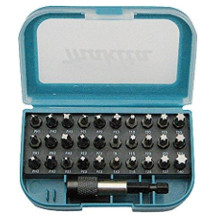

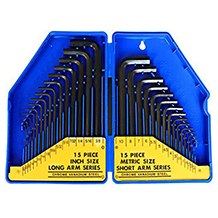
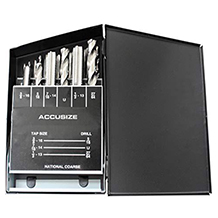
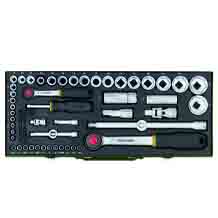
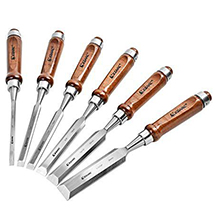

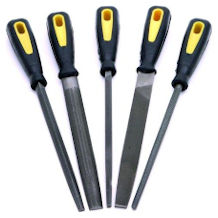
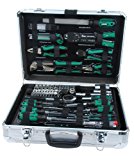
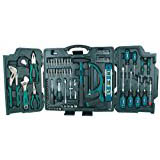
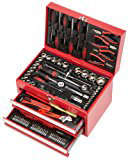
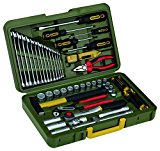
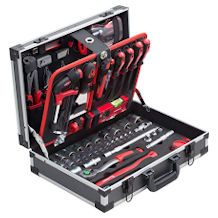
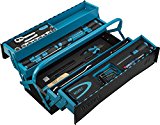
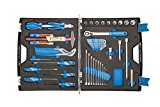
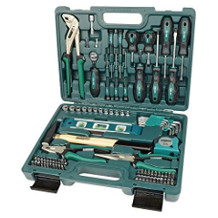
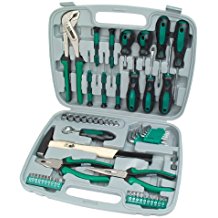
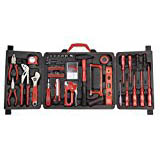
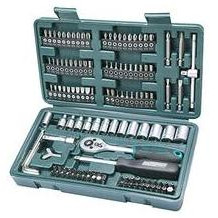
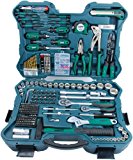
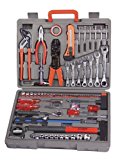

 5,115 reviews
5,115 reviews


